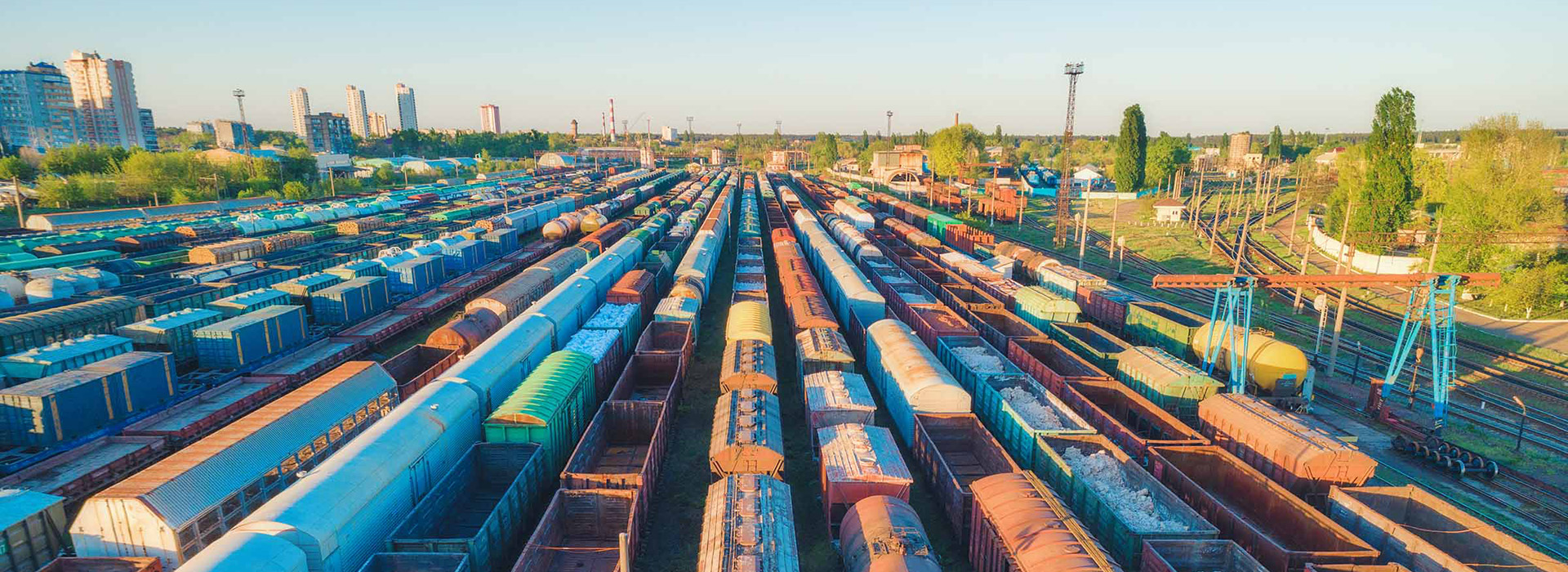Frédéric Delorme: Joining up the dots on safety in the workplace
Frédéric Delorme, CEO, SNCF Freight explains why taking a broad approach to health and safety can help improve progress and why taking account of the impact of transformation should not be overlooked.


Frédéric Delorme
CEO, SNCF Freight
Developing a culture of safety cannot happen in a vacuum. A key starting point is to identify who it is you are trying to keep safe; is it the customer, the employees or both? Too much emphasis on one aspect may increase safety problems for others. So you also need to open your eyes to a broader range of safety issues including looking at other industry players, partners and associations to benchmark progress and learn from different experiences.
It's a marathon, not a sprint!
It's important to bear in mind that the beginning of the safety journey, while daunting, is often the easiest to initiate. Once key behaviours, needs and competencies are identified and policies implemented, keeping up momentum to continually improve can sometimes stall any initial progress. There are also periods of transformation that most companies experience at some stage which can also slow progress. With leadership involvement crucial to success, any change of leadership or top management during the transition needs careful monitoring and high engagement maintained to ensure safety plans stay on track.
Leaders need to take a hands-on approach
Bringing people across the organisation along with you on the safety journey is crucial. The longer the line between leadership and shop floor, the bigger the disconnect. In France in particular, there's a tendency for leaders to develop a safety roadmap and then hand it over to managers to implement. While this level of independence is not a bad thing, it often does not take into account the level of ability of individual managers to interpret and implement safety protocols. The only way to ensure guidelines are understood and the consequences of not following safe practices are clear, is for both managers and employees to be totally convinced that safety guidelines are there for good reason. This takes discussion, training and a high level of collaboration to achieve. Importantly, it requires leaders taking a hands-on approach.
In reality, we also have to bear in mind the human element. We can push people to be more rigorous on safety issues, but human error is always present. So it's a question of assessing the level of risk and whether it's acceptable or whether you invest in new tools, systems or digital innovation that help to support and improve human performance.